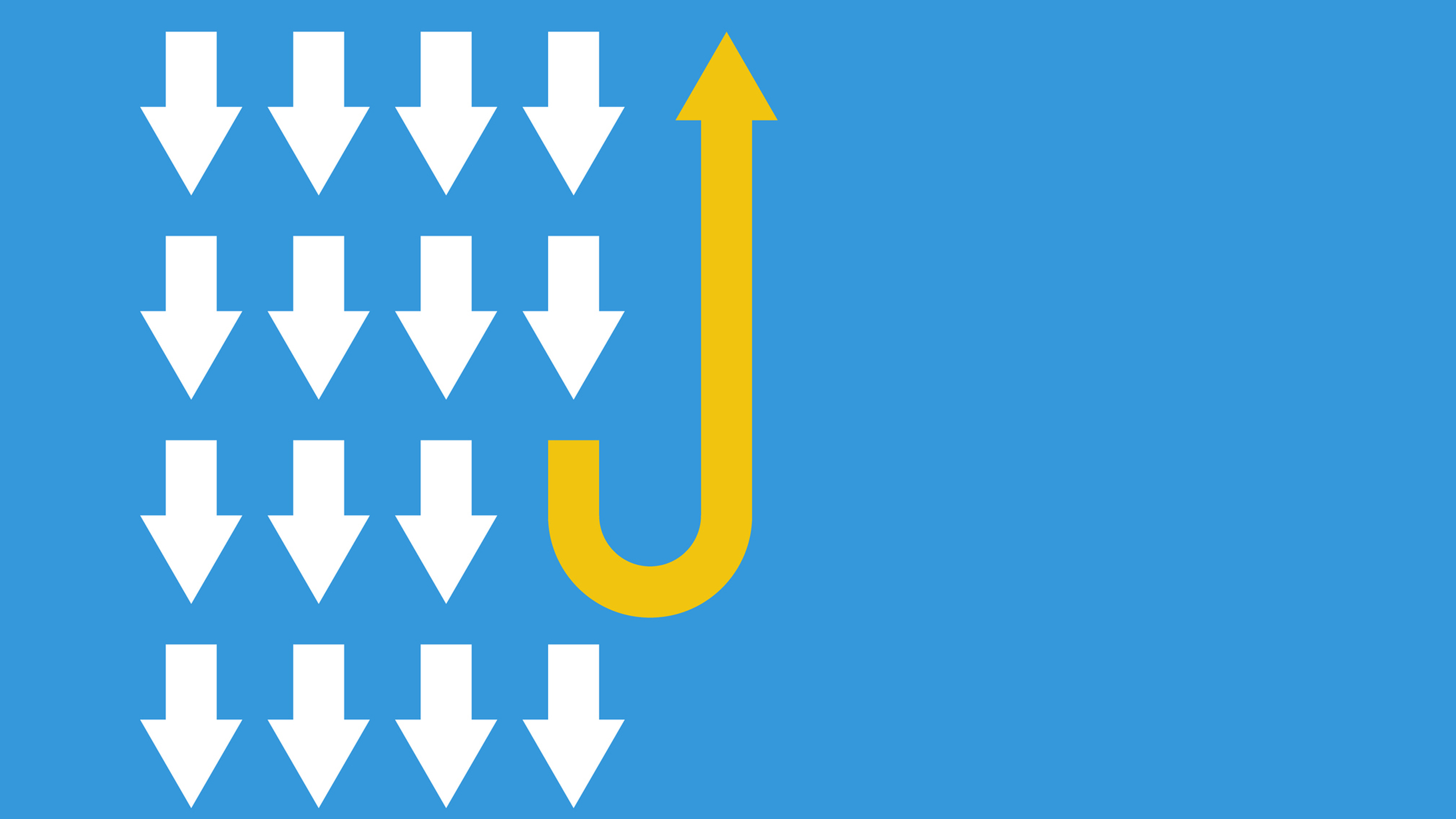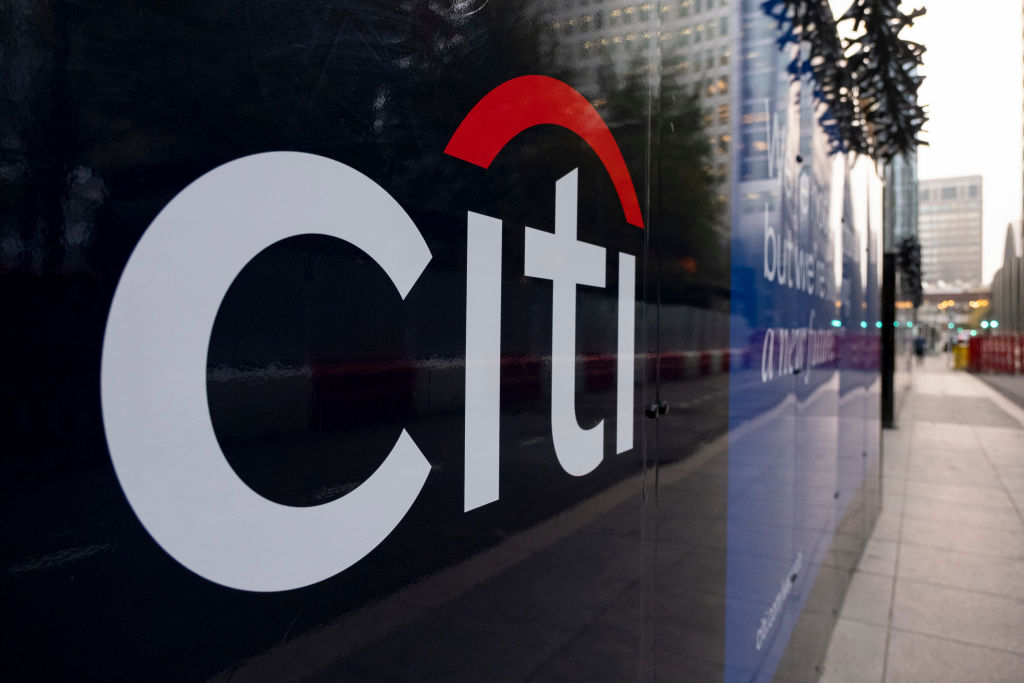5 Cheap Bank Stocks to Buy Now
Risks abound, but these financial stocks appear undervalued, and bank executives are buying.

What they are: The sector covers a broad range of institutions, from megabanks, such as Citicorp (symbol C) and Bank of America (BAC); regional banks, such as Huntington Bancshares (HBAN) and PacWest Bancorp, in California (PACW); and small, obscure outfits, such as Hanmi Financial (HAFC), a California-based firm that targets the Korean-American community, and Southside Bancshares (SBSI), headquartered in Tyler, Texas.
How much they’ve fallen: Even after jumping 8.3% over just two trading sessions (on February 12 and February 16), stocks in the KBW Bank index have sunk 18% so far this year. That compares with a decline of 9% in Standard & Poor’s 500-stock index. Since late July, the KBW Bank index has plunged 23%, and the KBW Regional Bank index, which tends to be steadier than the megabank bogey, has fallen 17%. Over the same period, the S&P 500 declined by 10%. (All returns and share prices are through February 16.)
Why have banks performed so poorly? Some investors worry that a global economic slowdown, led by China and other developing nations, could slam big banks, many of which have a global reach. Another concern is that many struggling energy producers could default on their debt obligations, hurting banks that have loaned them money.

Sign up for Kiplinger’s Free E-Newsletters
Profit and prosper with the best of expert advice on investing, taxes, retirement, personal finance and more - straight to your e-mail.
Profit and prosper with the best of expert advice - straight to your e-mail.
Moreover, the U.S. economy hasn’t exactly been firing on all cylinders. The strong dollar has knocked U.S. manufacturing firms into “recession-like” territory, says Joe Davis, Vanguard’s chief economist, and that’s one reason Davis expects interest rates to stay low for a long time. The prospect of low rates is an even bigger concern for investors in bank stocks. Although the Federal Reserve raised short-term interest rates in December—the first hike since 2006—and has indicated that it might raise rates four times this year, most pundits think that weak global economic growth and turmoil in financial markets are likely to stay the Fed’s hand. Many observers, including Kiplinger, expect no more than two increases this year.
Making matters even worse, rates on long-term, high-quality bonds, which are set by investors in the bond market, have been falling. For instance, the yield on the benchmark 10-year Treasury bond has plunged from 2.38% in November to 1.77%, a huge move by the normally sedate standards of the bond market. That has resulted in a flattening of the yield curve—the relationship between long-term and short-term Treasury bond yields—which makes it “difficult for banks to be profitable,” says Omar Aguilar, chief stock strategist at Charles Schwab Investment Management. A flattening yield curve pinches profits because it reduces the difference between the rate at which banks can borrow and the rate at which they lend (banks tend to fund most long-term loans through short-term deposits).
Why the bears may be wrong: Many U.S. banks have minimal exposure to China and other emerging nations, says Aguilar. Moreover, banks have much stronger balance sheets and are far less leveraged today than they were during the 2007-09 Great Recession and financial crisis. That could help them withstand a credit crisis in energy bonds, should one materialize.
And the U.S. economy is on a more solid footing than most of the rest of the world. Katie Nixon, chief investment officer of wealth management at Northern Trust, points to record auto sales and a robust housing market as positive signs. And with consumer spending accounting for 70% of America’s gross domestic product, “we’re in good shape,” she says.
Schwab’s Aguilar agrees: “If the U.S. economy continues the way it is, the Fed will raise rates, and that would be positive” for bank stocks. He predicts that investors will turn much more positive on the group before the end of 2016. Meanwhile, he adds, the stocks have been so hammered that they are “trading at recession levels.”
Some bank executives (current and former) seem to agree. Jamie Dimon, CEO of JPMorgan Chase (JPM), picked up 500,000 shares of his company’s stock on February 11, fueling an 8% jump in Morgan’s shares the following day. Around the same time, Richard Kovacevich, the former CEO of Wells Fargo (WFC), bought Wells shares. Both executives, it’s worth mentioning, were big buyers of their respective stocks in 2009, as prices slumped in the throes of the financial crisis.
What to buy: Focus on the big banks. “We’re bullish” on the so-called money-center banks, says Patrick Kaser, managing director at money manager Brandywine Global. He says shares of both Citigroup, at $38.89, and Bank of America, at $12.25, trade for less than their tangible book value (what their assets, less liabilities, would fetch if they were to be liquidated). Banks haven’t traded that cheaply, as a group, since 2012. Northern Trust’s Nixon says that in good times bank stocks have traded at twice their tangible book value.
John Toohey, head of stocks at USAA Investments, sees opportunity, too. “Things may not be as bad as financial stock prices are reflecting,” he says. His top picks include Bank of America, BB&T (BBT, $32.58), KeyCorp (KEY, $10.91) and PNC Financial Services Group (PNC, $83.27).
To bet on the big banks, consider PowerShares KBW Bank ETF (KBWB). The exchange-traded fund holds 26 stocks, ranging in size from Wells Fargo ($48.24), with a market capitalization of $246 billion, to Zions Bancorp (ZION, $21.68), with a market cap of $4.4 billion.
Sprinkle some regional banks into your portfolio because their stocks also look cheap. They’ve been walloped mostly over worries that some firms might have exposure to energy-company debt. In line with that, iShares US Regional Banks ETF (IAT) and SPDR S&P Regional Banking ETF (KRE) have slipped 19.1% and 20.2%, respectively, since late July. The SPDR ETF has 85% of its assets invested in small and midsize banks. The iShares fund has less than 60% of its assets in small and mid caps. SPDR S&P Bank ETF (KBE) holds both money-center and regional banks, with roughly equal weightings for each stock in its portfolio. Its top holding: New York Community Bancorp (NYCB), based in Westbury, N.Y., and with operations in New York and four other states.
Get Kiplinger Today newsletter — free
Profit and prosper with the best of Kiplinger's advice on investing, taxes, retirement, personal finance and much more. Delivered daily. Enter your email in the box and click Sign Me Up.

Nellie joined Kiplinger in August 2011 after a seven-year stint in Hong Kong. There, she worked for the Wall Street Journal Asia, where as lifestyle editor, she launched and edited Scene Asia, an online guide to food, wine, entertainment and the arts in Asia. Prior to that, she was an editor at Weekend Journal, the Friday lifestyle section of the Wall Street Journal Asia. Kiplinger isn't Nellie's first foray into personal finance: She has also worked at SmartMoney (rising from fact-checker to senior writer), and she was a senior editor at Money.
-
 The AI Doctor Coming to Read Your Test Results
The AI Doctor Coming to Read Your Test ResultsThe Kiplinger Letter There’s big opportunity for AI tools that analyze CAT scans, MRIs and other medical images. But there are also big challenges that human clinicians and tech companies will have to overcome.
By John Miley Published
-
 The Best Places for LGBTQ People to Retire Abroad
The Best Places for LGBTQ People to Retire AbroadLGBTQ people can safely retire abroad, but they must know a country’s laws and level of support — going beyond the usual retirement considerations.
By Drew Limsky Published
-
 4 Turnaround Stocks to Consider – and 2 More to Keep an Eye On
4 Turnaround Stocks to Consider – and 2 More to Keep an Eye OnA turnaround stock is a struggling company with a strong makeover plan that can pay off for intrepid investors.
By Nellie S. Huang Published
-
 Stock Market Today: Dow Pops 703 Points on Cooler Inflation
Stock Market Today: Dow Pops 703 Points on Cooler InflationA benign reading from the Consumer Price Index report assuaged market fears about the path of borrowing costs.
By Dan Burrows Published
-
 Citigroup Stock Jumps on Earnings, $20 Billion Stock Buyback News
Citigroup Stock Jumps on Earnings, $20 Billion Stock Buyback NewsCitigroup stock is soaring Wednesday after the big bank topped earnings expectations and unveiled a massive stock buyback program. Here's why that's important.
By Joey Solitro Published
-
 Stock Market Today: Stocks Are Mixed Ahead of CPI
Stock Market Today: Stocks Are Mixed Ahead of CPICool wholesale inflation numbers provide only slight relief before Wednesday's release of December Consumer Price Index data.
By David Dittman Published
-
 Why Is Warren Buffett Selling So Much Stock?
Why Is Warren Buffett Selling So Much Stock?Berkshire Hathaway is dumping equities, hoarding cash and making market participants nervous.
By Dan Burrows Published
-
 If You'd Put $1,000 Into Google Stock 20 Years Ago, Here's What You'd Have Today
If You'd Put $1,000 Into Google Stock 20 Years Ago, Here's What You'd Have TodayGoogle parent Alphabet has been a market-beating machine for ages.
By Dan Burrows Last updated
-
 Stock Market Today: Stocks Retreat Ahead of Nvidia Earnings
Stock Market Today: Stocks Retreat Ahead of Nvidia EarningsMarkets lost ground on light volume Wednesday as traders keyed on AI bellwether Nvidia earnings after the close.
By Dan Burrows Published
-
 Stock Market Today: Stocks Edge Higher With Nvidia Earnings in Focus
Stock Market Today: Stocks Edge Higher With Nvidia Earnings in FocusNvidia stock gained ground ahead of tomorrow's after-the-close earnings event, while Super Micro Computer got hit by a short seller report.
By Karee Venema Published